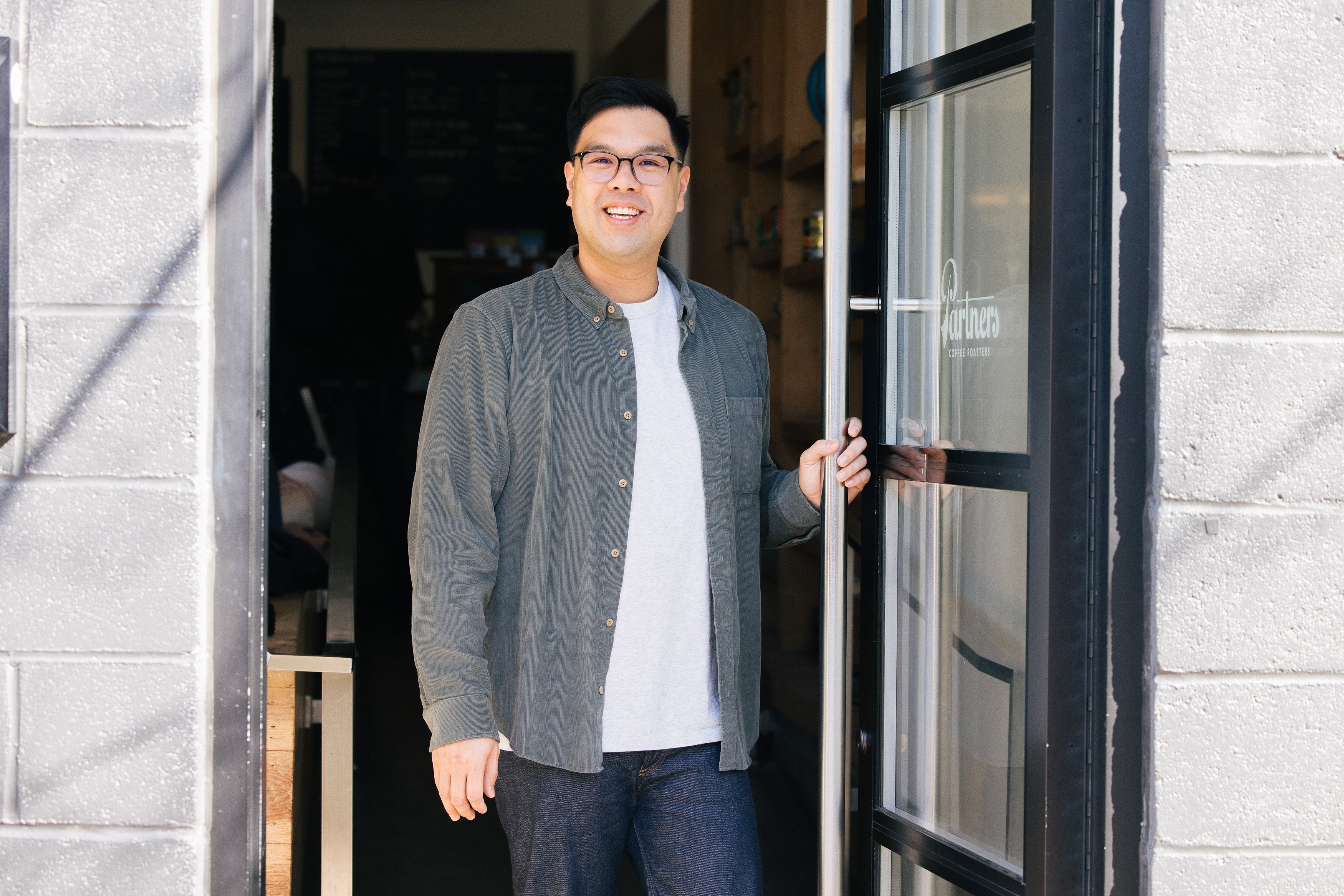This coffee is the combined work of the García Luna brothers, Adelfo, Dionicio, and Pompillio. The brothers belong to a producer group of mostly younger farmers in the community of San Vicente Yogondoy within the wider region of Sierra Sur, Oaxaca.
Most of the coffee in San Vicente Yogondoy is a variety called pluma hidalgo (or simply pluma), a local mutation of the typica originally planted in the area. Pluma is well-adapted to the soil and climate, and while it is considered a traditional variety, much of the pluma under cultivation is younger trees planted within the last five years.
The population in Yogondoy is largely Zapotec, and Yogondoy means "river of bees" in the Zapotec language. Many coffee farmers in Grupo San Vicente Yogondoy maintain beehives and produce honey alongside their coffee.
The coffee planted here is generally grown on steep slopes under the shade of native trees like cuachepil, cuil, and avocado. The area benefits from very distinct rainy and dry seasons as well as a cool breeze from the Pacific Ocean, about 30 miles to the south. Coffee is generally grown using organic inputs, processed on the farm and dried on traditionally woven petate mats, then delivered to the cooperative as finished parchment. The García Luna brothers each practice an 18-24 hour dry fermentation followed by a relatively quick drying period of 6-10 days.
Adelfo, Dionicio, and Pompillio have some of the larger farms in the group, but in general coffee farms in Oaxaca are small, 3-4 hectares on average. Generally speaking it is uncommon to see finished lots traceable to a single farm—more often, deliveries will be sampled individually and combined according to quality for logistical purposes.
The town of Yogondoy is about five hours from Oaxaca City by car. Most coffee producers live in town and commute to the farms as needed, 2-3 hours on foot or by mule. During the harvest, producing families often stay in temporary residences on the farms, making several trips back into town to deliver coffee as it is finished. Farms here also practice a tradition called tequio (meaning work or tribute in Nahuatl), a communal workshare that benefits producers during harvest and off-season work.
Oaxaca is better recognized in the United States for its incredible food and mezcal production, but in recent years we've been consistently impressed by the quality of the coffee here, which is often on par with the best of Chiapas or Veracruz. Here the García Luna brothers have delivered an excellent example of why we're excited by Mexican coffees in general and Oaxacan coffees in particular—approachable and familiar enough for mass appeal, but backed up with subtle complexity and nuanced acidity.
An excellent filter option, a solid choice for single origin espresso.
Most of the coffee in San Vicente Yogondoy is a variety called pluma hidalgo (or simply pluma), a local mutation of the typica originally planted in the area. Pluma is well-adapted to the soil and climate, and while it is considered a traditional variety, much of the pluma under cultivation is younger trees planted within the last five years.
The population in Yogondoy is largely Zapotec, and Yogondoy means "river of bees" in the Zapotec language. Many coffee farmers in Grupo San Vicente Yogondoy maintain beehives and produce honey alongside their coffee.
The coffee planted here is generally grown on steep slopes under the shade of native trees like cuachepil, cuil, and avocado. The area benefits from very distinct rainy and dry seasons as well as a cool breeze from the Pacific Ocean, about 30 miles to the south. Coffee is generally grown using organic inputs, processed on the farm and dried on traditionally woven petate mats, then delivered to the cooperative as finished parchment. The García Luna brothers each practice an 18-24 hour dry fermentation followed by a relatively quick drying period of 6-10 days.
Adelfo, Dionicio, and Pompillio have some of the larger farms in the group, but in general coffee farms in Oaxaca are small, 3-4 hectares on average. Generally speaking it is uncommon to see finished lots traceable to a single farm—more often, deliveries will be sampled individually and combined according to quality for logistical purposes.
The town of Yogondoy is about five hours from Oaxaca City by car. Most coffee producers live in town and commute to the farms as needed, 2-3 hours on foot or by mule. During the harvest, producing families often stay in temporary residences on the farms, making several trips back into town to deliver coffee as it is finished. Farms here also practice a tradition called tequio (meaning work or tribute in Nahuatl), a communal workshare that benefits producers during harvest and off-season work.
Oaxaca is better recognized in the United States for its incredible food and mezcal production, but in recent years we've been consistently impressed by the quality of the coffee here, which is often on par with the best of Chiapas or Veracruz. Here the García Luna brothers have delivered an excellent example of why we're excited by Mexican coffees in general and Oaxacan coffees in particular—approachable and familiar enough for mass appeal, but backed up with subtle complexity and nuanced acidity.
An excellent filter option, a solid choice for single origin espresso.








Leave a comment
This site is protected by hCaptcha and the hCaptcha Privacy Policy and Terms of Service apply.